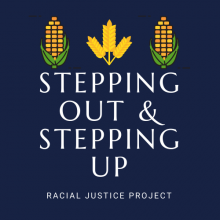The Official Ohio Lands Book
In 2002, the Auditor of the state of Ohio published a book that detailed the history of Ohio's lands. That report can be accessed from the auditor's website under the Resources link in the Publications sub-section.
Of particular interest is the inclusion of information about lands given to The Ohio State University beyond the territories associated with the Morrill Act of 1862. More specifically, on pages 69-70 the Auditor's report stated:
"In addition to the Morrill Grant, the state legislature assigned the school at least 76,735 acres of unlocated lands remaining in the Virginia Military District. These lands were sold or quit claimed to individuals until the 1940s."
The Virginia Military District (VMD) lands were used by the state of Virginia to compensate veterans of both the French and Indian War (1754-1763) and the War for Independence (1775-1783).
By 1852, Virginia had relinquished all unclaimed land to the U.S. government, and in turn the federal lands were turned over to the state of Ohio in 1871, which in turn set aside this land for its land-grant university.
The VMD lands historically had been inhabited by both the Shawnee and the Wyandotte Tribes, as well as the other Tribal Nations who historically resided in Ohio.
We know that three Tribes historically connected to Ohio – the Ottawa (Odawa), Potawatomi, and Wyandotte – were named in the Land Grab Universities Report as having lost territories in other states that subsequently were sold and used to establish The Ohio State University.
However, from the Auditor's Report referenced above we know that there is a direct connection between the establishment of Ohio State University and territories taken from Tribal Nations historically connected to Ohio. One of those Tribes -- the Shawnee -- was not named in the Morrill Act, and hence holds a unique place in the foundation of Ohio's land-grant institution.
